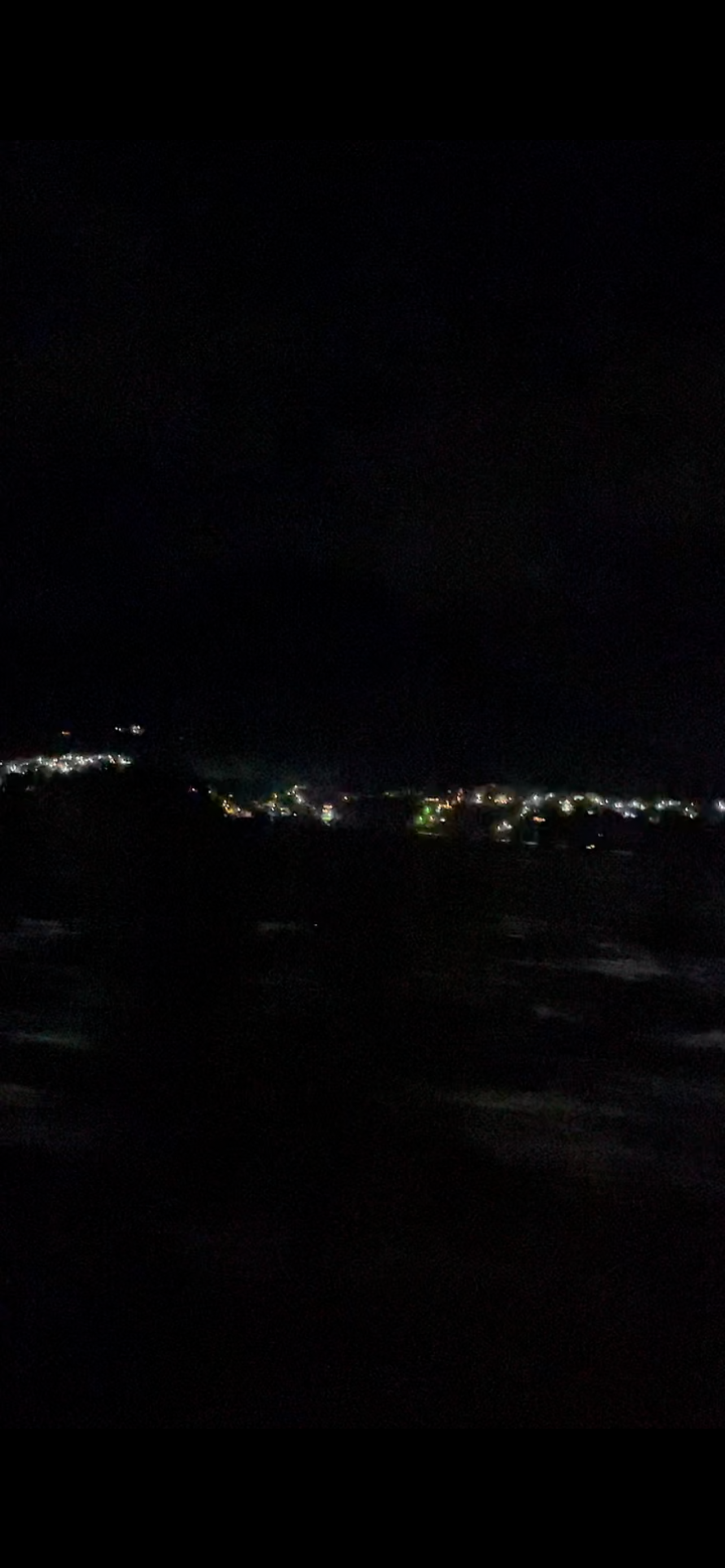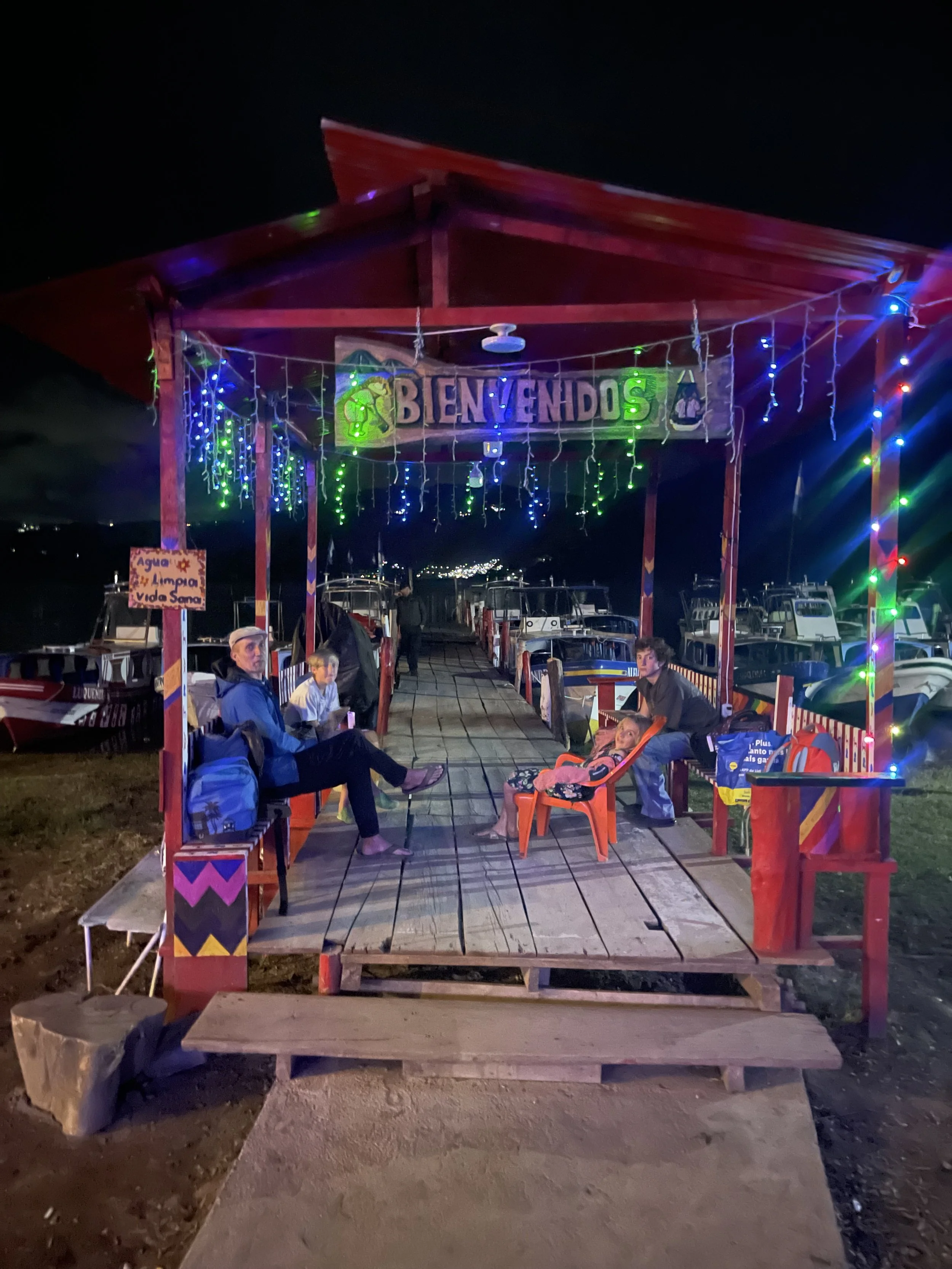Reframe The Disaster: A Guatemalan Adventure
It was the classic story. Niels would say it happens to everyone, but I don’t think so. He insists car trouble is just part of life; I happen to believe it happens to us way more often than to most people.
2025 started with a bang. We were in Guatemala, headed to the beach to visit friends. New Year’s Eve was full of fireworks and explosions on the sand, followed the next day by long beach walks, surfing, and lazy time with good company.
When we left to drive back to the lake, I didn’t anticipate an adventure. Maybe I should have?
Over the past 20 years with Niels, we’ve had so many car disasters—most reframed as adventures. That reframing started before we had kids, as a way to soothe my personal anxiety. And it works. The shift in perspective replaces my fear of disaster with the excitement of adventure. Funny how the way we talk about something changes how we feel about it.
Anyway, when we left the beach, it felt like an ordinary day. Sure, we knew the car wasn’t fully functioning, but it had gotten us this far. Maybe a few creaky sounds, but nothing serious—until we hit the up-and-down mountainous drive back to the lake. Suddenly, Niels noticed the power was gone. We could barely manage five kilometers an hour on the first hill.
“We’ll have to stop,” Niels said. “Maybe the car will regain power if we let it rest for an hour.”
So, we ate lunch and waited. Then we tried again—same hill, same result. We couldn’t make it up. We turned around and stopped in San Lucas Tolimán. We handed the kids an iPad and set off in search of a mechanic.
I framed our story as an adventure. But Luca, with the unwavering confidence of a teenager, stared me straight in the face and said, “You say adventure, but that’s just a cover for disaster.”
He wasn’t wrong. Calling it an adventure helps me ward off the doom-and-gloom mindset. It opens the door for excitement, beauty, and even fun to find their way in. If I dwell on disaster, all I can think about are risks and problems. “Adventure” lets possibility breathe.
We spoke to several mechanics, and the most professional connected a computer to the car for diagnostics. It felt high-tech, at least for our situation. The results weren’t good: lots of issues beyond the immediate problem. Basically, the car was fucked.
While we digested this news, we were still trying to figure out how to get home. One of my closest friends had already arrived at our house by the lake, and we were missing precious time together. There was pressure to make it back, even if it meant leaving the car in an unfamiliar parking lot and taking a ferry.
Someone we met with the mechanic suggested driving a different route, one that was supposedly flat and easy, where we could catch a ferry. They even offered to accompany us. Seven minutes in, Niels said, “Shit.” The road wasn’t flat—it was sloping uphill. Our car didn’t have the power to climb. We were stuck again. Worse, we couldn’t turn back because we’d already descended slightly downhill.
We tried everything—pushing the car, gaining speed, even reversing up the hill. Nothing worked.
As the light faded, our companion—who had suggested this plan—bailed, hopping into a passing tuk-tuk and disappearing. I was getting nervous. We were on a road I didn’t know, and some roads around the lake are infamous for holdups. My mind raced: had this guy gone to inform his friends that there were some clueless gringos waiting to be robbed?
I tried to keep my face calm for the kids, but inside I was worried.
We called the mechanic who’d just inspected the car, asking him to rescue us—literally pull us back to his workshop. But phone service was spotty. One minute we had a faint signal; the next, nothing. We managed to get through to him eventually. In the meantime, I tried texting my friend at the lake, letting her know what was happening.
After 45 minutes the mechanic swooped in, accompanied by a friend with a powerful truck. They hooked up our car and towed us back to San Lucas Tolimán.
Skyler, Sophia, and I rode in the front of the pickup truck, while Niels and Luca sat in the open back. When we arrived at the mechanic’s shop, Luca was animated, full of stories about the mechanic’s friend. The man was a storyteller—a real cowboy who had survived an illegal border crossing into the United States and wild months in Tijuana. He opened Luca’s eyes to the idea that everyone has a story worth telling. You never know where excitement will come from.
We left our car with the mechanic and got a ride to the lake’s edge, where a private boat was waiting for us. As we stepped onto the dock, the view took my breath away.
Niels turned to me and said, “See? We’d never have known how beautiful San Lucas Tolimán is if we hadn’t gotten stuck. What a great adventure!” And it was. Even Luca said “it was all worth it to hear the cowboy’s stories…”
Are you interested in working on your personal development? Are you looking for a life coach or a life consultant? Are you feeling stagnant? Do you want to jumpstart change?
My transformational approach is a process where awareness, alignment, and action work together as catalysts to create momentum for change.
*Awareness is knowing what you genuinely want and need.
*Alignment is the symmetry between our values and our actions. It means our inner and outer worlds match.
*Action is when you are conscious that what you say, do and think are in harmony with your values.
Together we build an understanding of what you want to accomplish, and delve deeply into building awareness around any thoughts and assumptions that you may already have. To truly transform your life, I will empower you to rethink what’s possible for you.
__
Learn more about my approach to life consulting and relationship coaching here or get in touch for your free 30-minute consultation here! Don’t forget to follow along @LilyManne on social for more regular updates!


